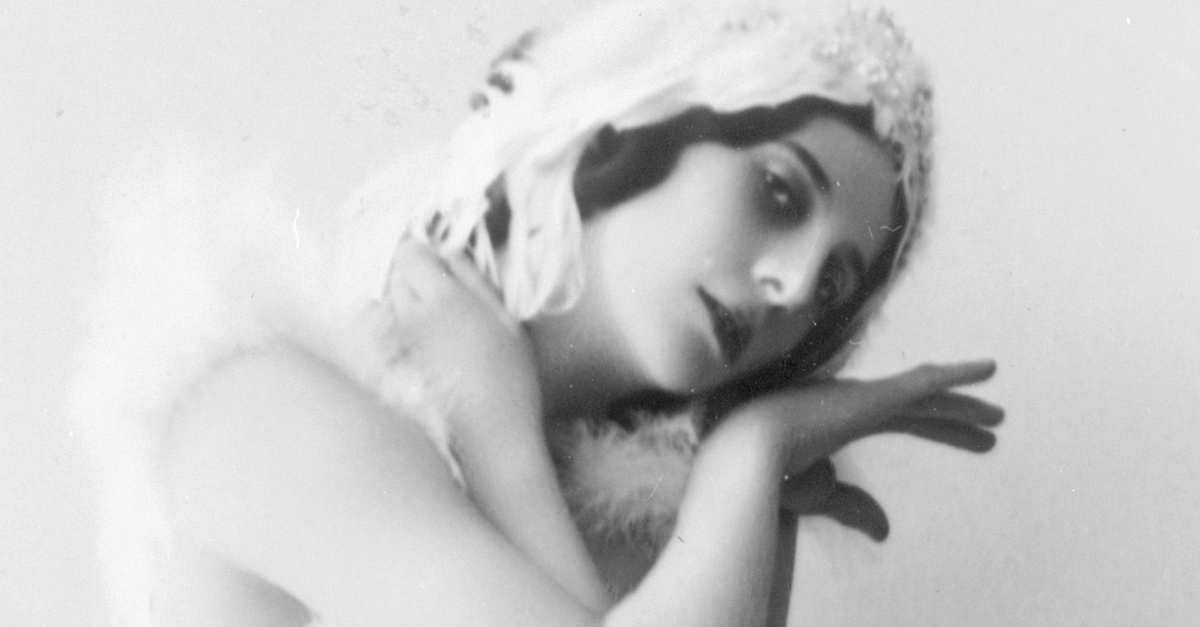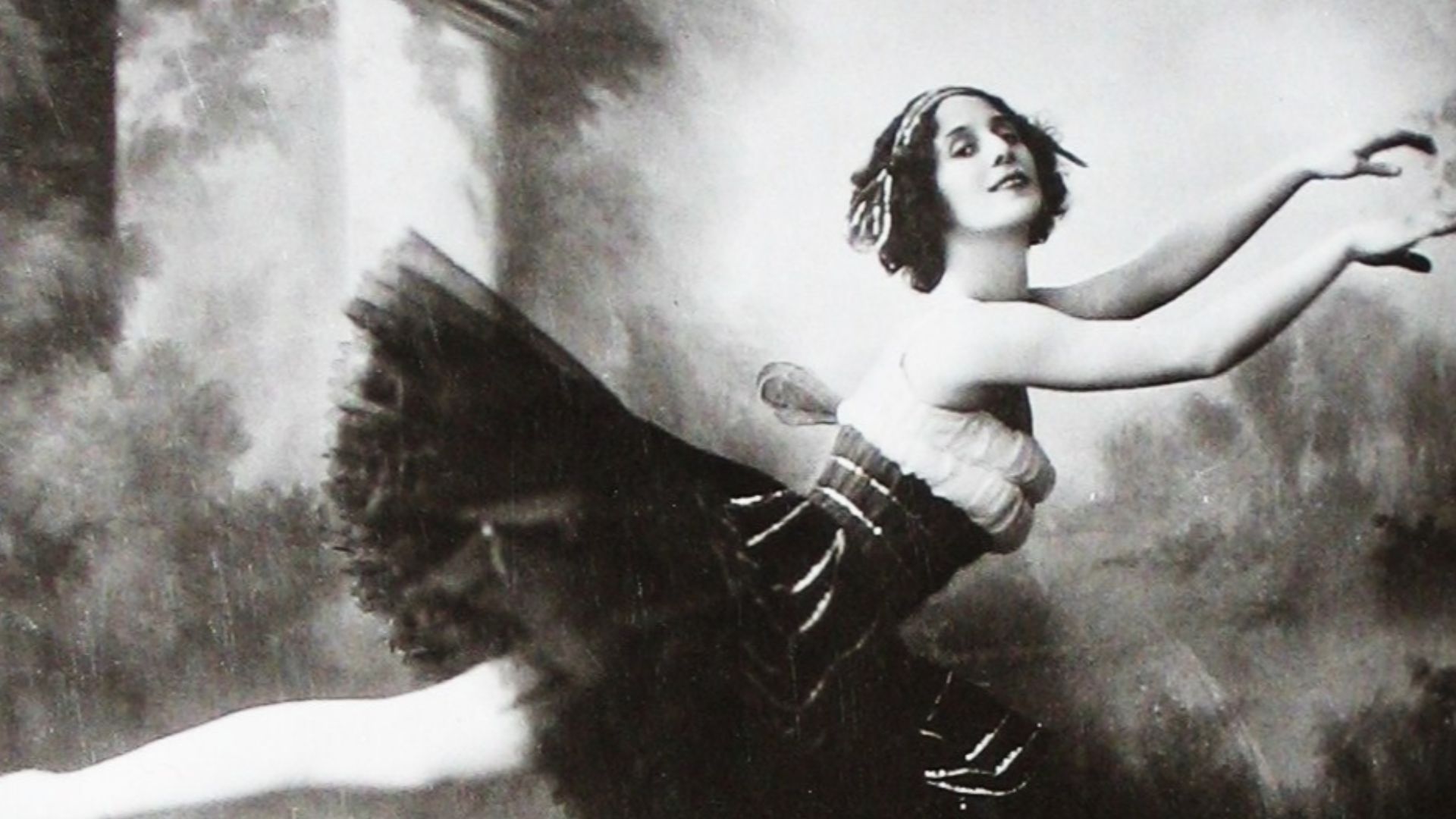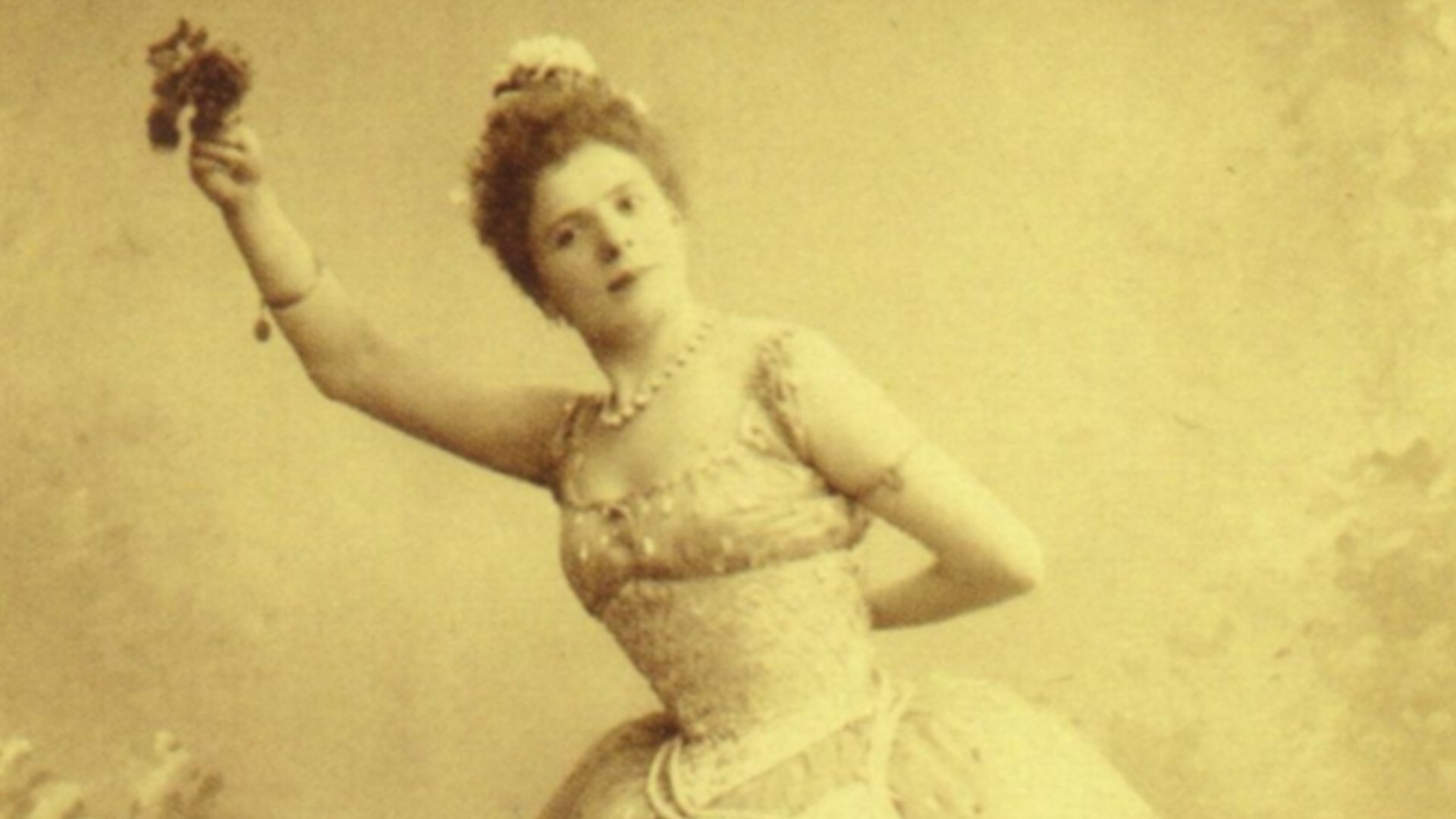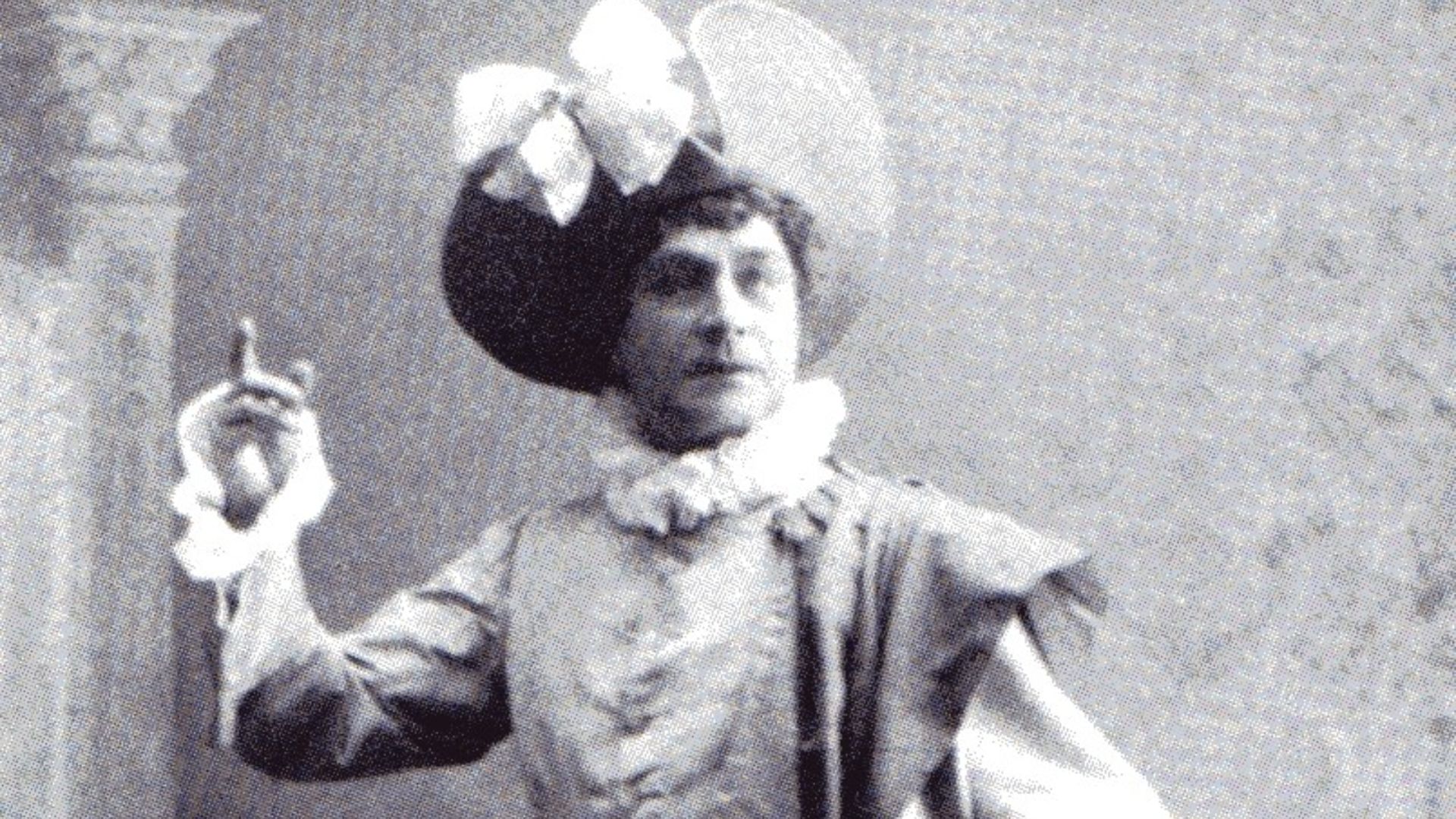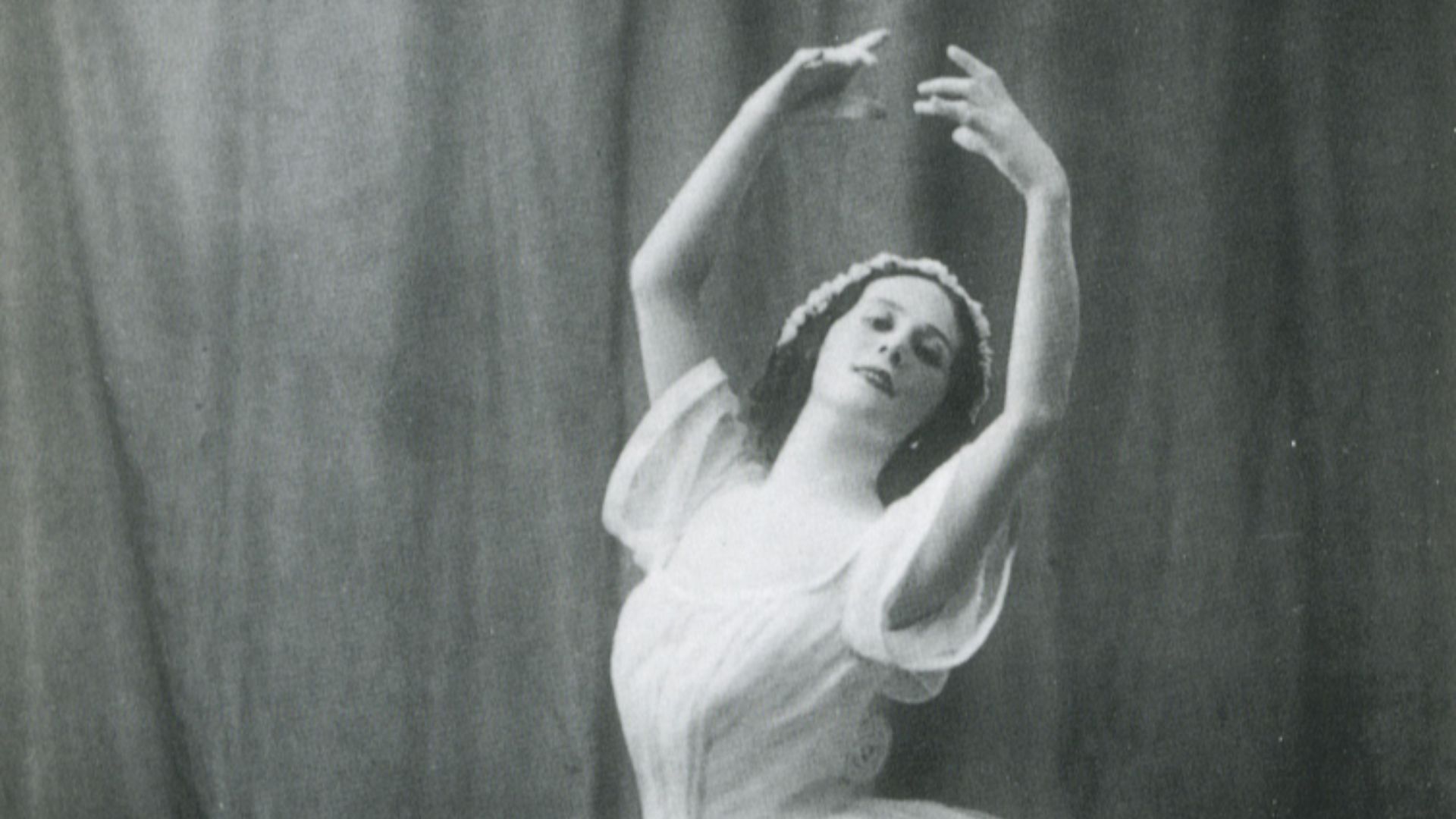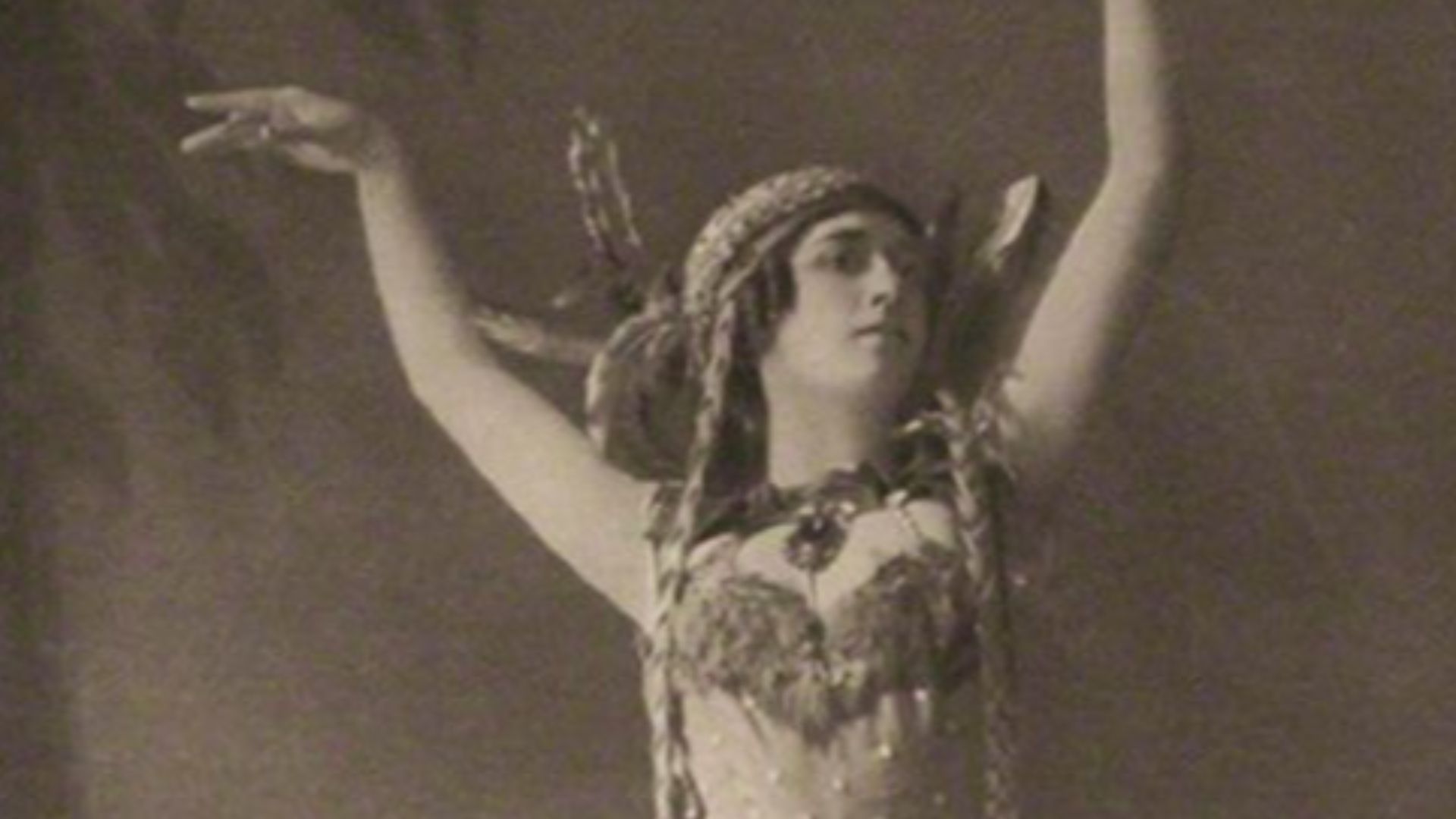A Dedicated Dancer
Anna Pavlova, considered one of the all-time great ballet dancers, had an unlikely success story. Limited by her physicality, no one believed that this frail, dainty girl would go on to define the art form for a generation. But Pavlova reached such soaring heights through nothing more than pure effort and willpower.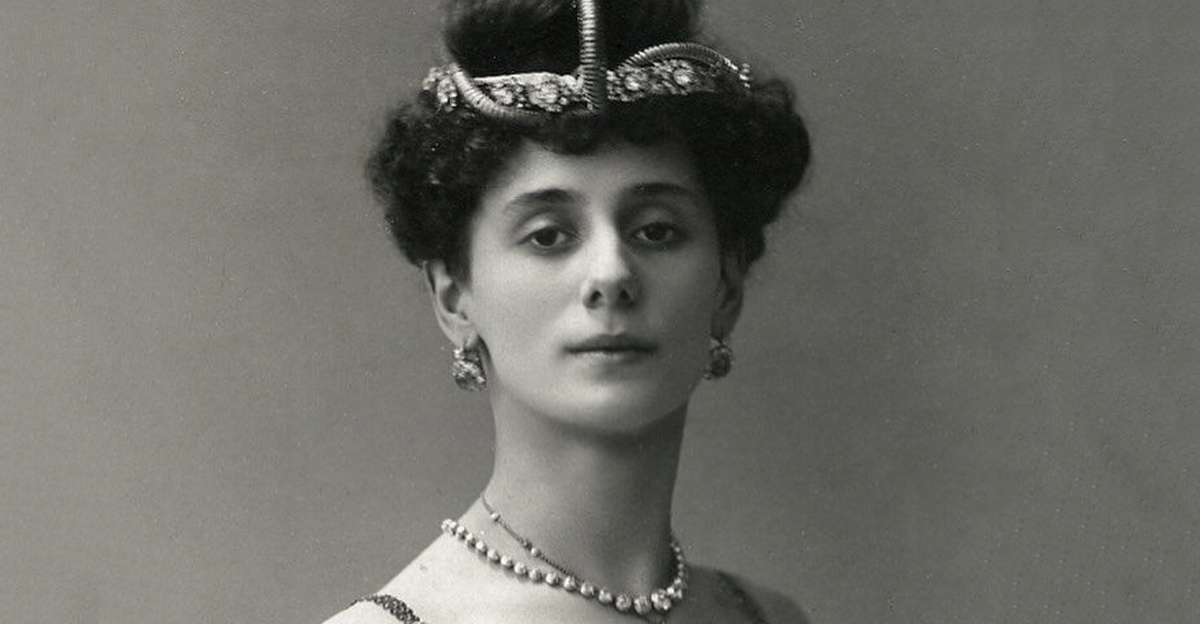
1. She Was Born In The Field
Anna Matveyevna Pavlova was born on February 12, 1881, in Saint Petersburg, Russia. At the time, her father, Matvey, was serving in the Preobrazhensky Life Guards, a regiment of the Russian Imperial Guard, and his job was a big part of his family’s life: Anna was delivered inside a Preobrazhensky Regiment hospital. However, her mother came from more humble origins.
2. Her Mother Came To The Big City
Anna’s mother, Lyubov, was of peasant origin, but had left her small home village to seek better opportunities in the big city. At the time of her daughter’s birth, Lyubov was working as a laundress in the mansion of a wealthy Russian-Jewish banker, Lazar Polyakov. He would play a small, yet scandalous, role in Anna’s later life…
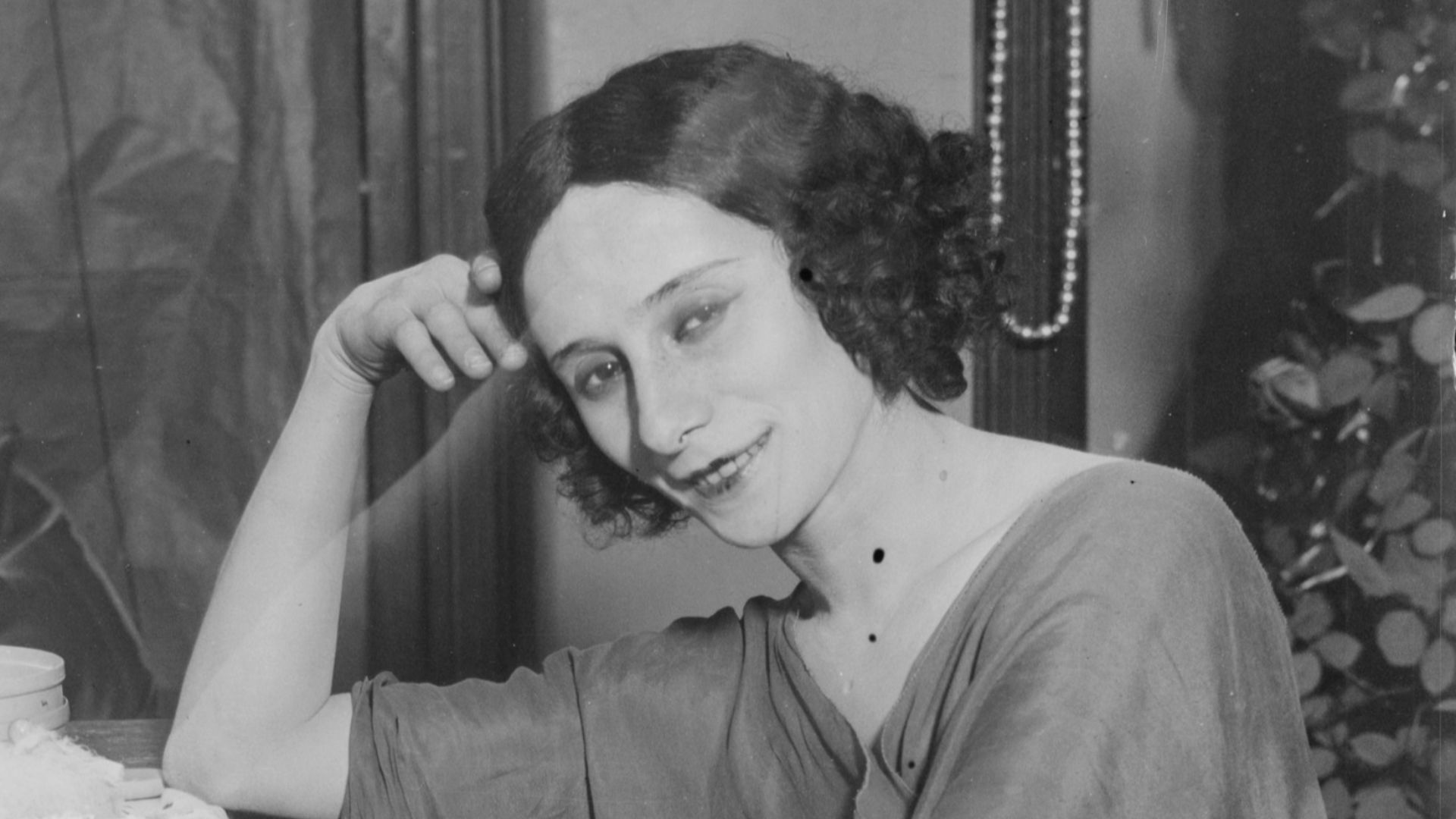 Unknown authorUnknown author, Wikimedia Commons
Unknown authorUnknown author, Wikimedia Commons
3. They Questioned Her Parentage
After Anna rose to fame years later, the Polyakovs would briefly reenter the picture. Lazar’s son, Vladmir, publicly claimed that Anna was, in fact, the illegitimate daughter of his father, Lyubov’s employer. This claim remains unsubstantiated; however, it was quite possibly an attempt by Vladmir to cash in on Anna’s success. But from the beginning, success for Anna never looked like it was a guarantee.
 Bain News Service publisher, Wikimedia Commons
Bain News Service publisher, Wikimedia Commons
4. She Struggled From Day One
Anna’s life did not begin easily. She was born several weeks premature and was reportedly so frail and weak at birth that she had a baptism so that she would make it to heaven in case she did not survive. She did make it in the end, of course, but she was not out of the fire yet.
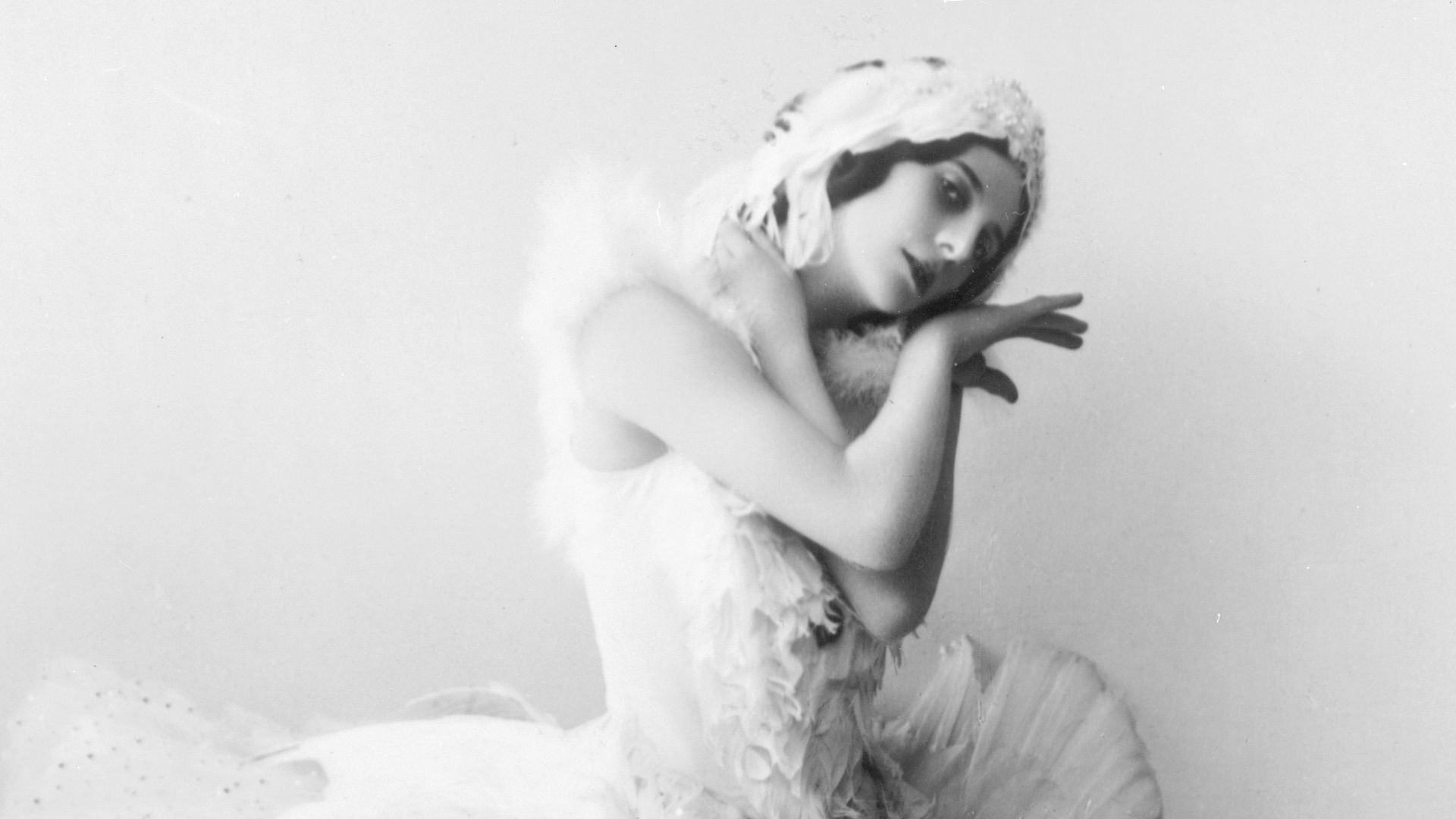 Unknown authorUnknown author, Wikimedia Commons
Unknown authorUnknown author, Wikimedia Commons
5. She Was A Sickly Child
Anna’s premature birth affected her for the remainder of her childhood. She was undoubtedly small in stature, and regularly fell ill, causing great difficulty for her parents. In fact, she was so sickly that her mother made the heart-wrenching decision to send her away to live with her grandmother in the village of Ligovo.
But this didn't mean that Anna and her mother were separated forever.
6. She Witnessed An Unforgettable Performance
Though Anna's mother was quite poor, she managed to bring her daughter to see one unforgettable performance in 1890: The Sleeping Beauty at the Mariinsky Theatre. For young Anna, this became a core memory. The dancing she witnessed that day planted roots in her imagination that could not be torn away.
Though still a child, it ignited a flame of ambition in her heart.
 Mrlopez2681, Wikimedia Commons
Mrlopez2681, Wikimedia Commons
7. She Always Wanted To Dance
Anna was a naturally inquisitive and creative child. Her adoration of fantasy was easily translated into her newfound love of ballet. She later reflected on her childhood, saying, "I always wanted to dance; from my youngest years...Thus I built castles in the air out of my hopes and dreams".
Luckily enough, Anna's mother supported her newfound passion—but there was still disappointment on the horizon.
 ullstein bild Dtl., Getty Images
ullstein bild Dtl., Getty Images
8. They Rejected Her
When she was only nine years old, Anna took on an intimidating challenge, auditioning for the Imperial Ballet School. This would be no small feat for the most accomplished young dancer, but Anna still stood out from the crowd—and not in a good way. Still so young and so physically frail, the school initially rejected her for admission.
Thankfully, Anna wasn't about to throw in the towel just yet.
 Unknown photographer, Wikimedia Commons
Unknown photographer, Wikimedia Commons

History's most fascinating stories and darkest secrets, delivered to your inbox daily.
9. She Didn't Give Up
In 1891, now 10 years old, Anna finally had what it took to impress the Imperial Ballet School. After acing the entrance exam, they accepted her. But though this was a phenomenal accomplishment, the real challenge had only just begun. Not only did she have years of rigorous training ahead of her, but she also had to find a way to fit in. Sadly, this would prove to be more of a nightmare than she realized.
10. She Wasn't Your Typical Ballerina
At this time, the "ideal" body type for a ballerina was quite different than the tall and slim physiques we see in ballerinas today. Most of Anna's peers had smaller frames, which shockingly contrasted her own features. Anna had tiny ankles, long legs, and arched feet. But though her differences would one day define her glorious legacy, in the beginning, they made her a target—and the consequences were brutal.
11. Her Peers Tormented Her
Anna's fellow dancers were not kind to her and even came up with vicious nicknames to belittle and bully her. They went so far as to call her "The Broom" and "La petite sauvage". However, Anna proved that she had the backbone to weather any storm. Instead of crumpling beneath the pressure, she locked in.
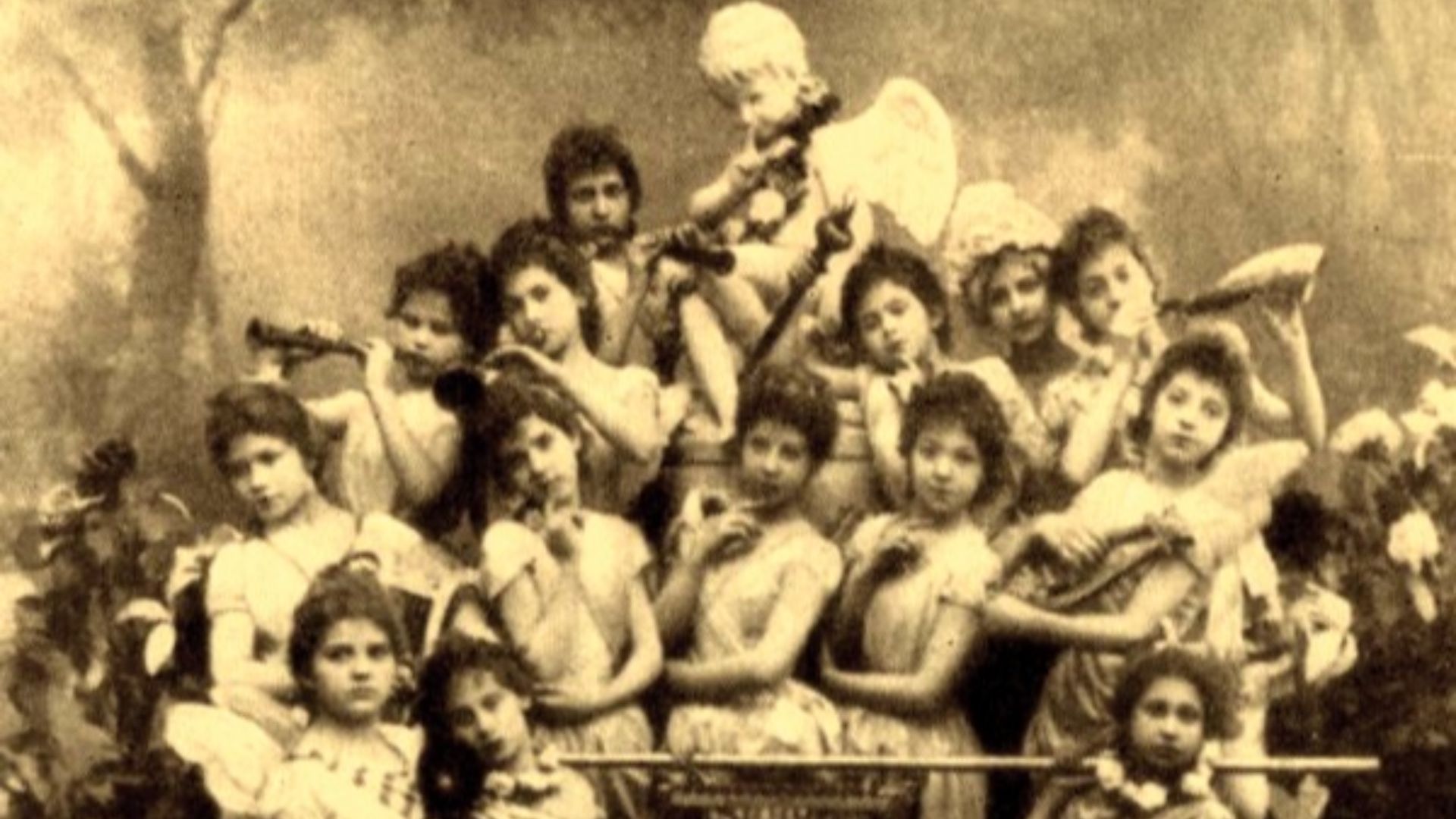 Unknown photographer of the Imperial Mariinsky Theatre. St. Petersburg, Russia., Wikimedia Commons
Unknown photographer of the Imperial Mariinsky Theatre. St. Petersburg, Russia., Wikimedia Commons
12. She Put In The Work
No amount of taunting could stop Anna from achieving her goals. She trained as hard as she could, practicing the same steps over and over again. It wasn't long before she reaped the benefits of her determination—her technique steadily improving over time. She has been quoted as saying, "No one can arrive from being talented alone. God gives talent, work transforms talent into genius". And work she did.
13. She Enlisted Help…
Further reflecting her unwavering focus, Anna went above and beyond, seeking additional lessons—and she wasn’t afraid to court the big names. Among her noted teachers of the time, she boasted connections to utter giants in the ballet world like Christian Johansson, Pavel Gerdt, and Nikolai Legat. But one teacher stood head and shoulders above the rest.
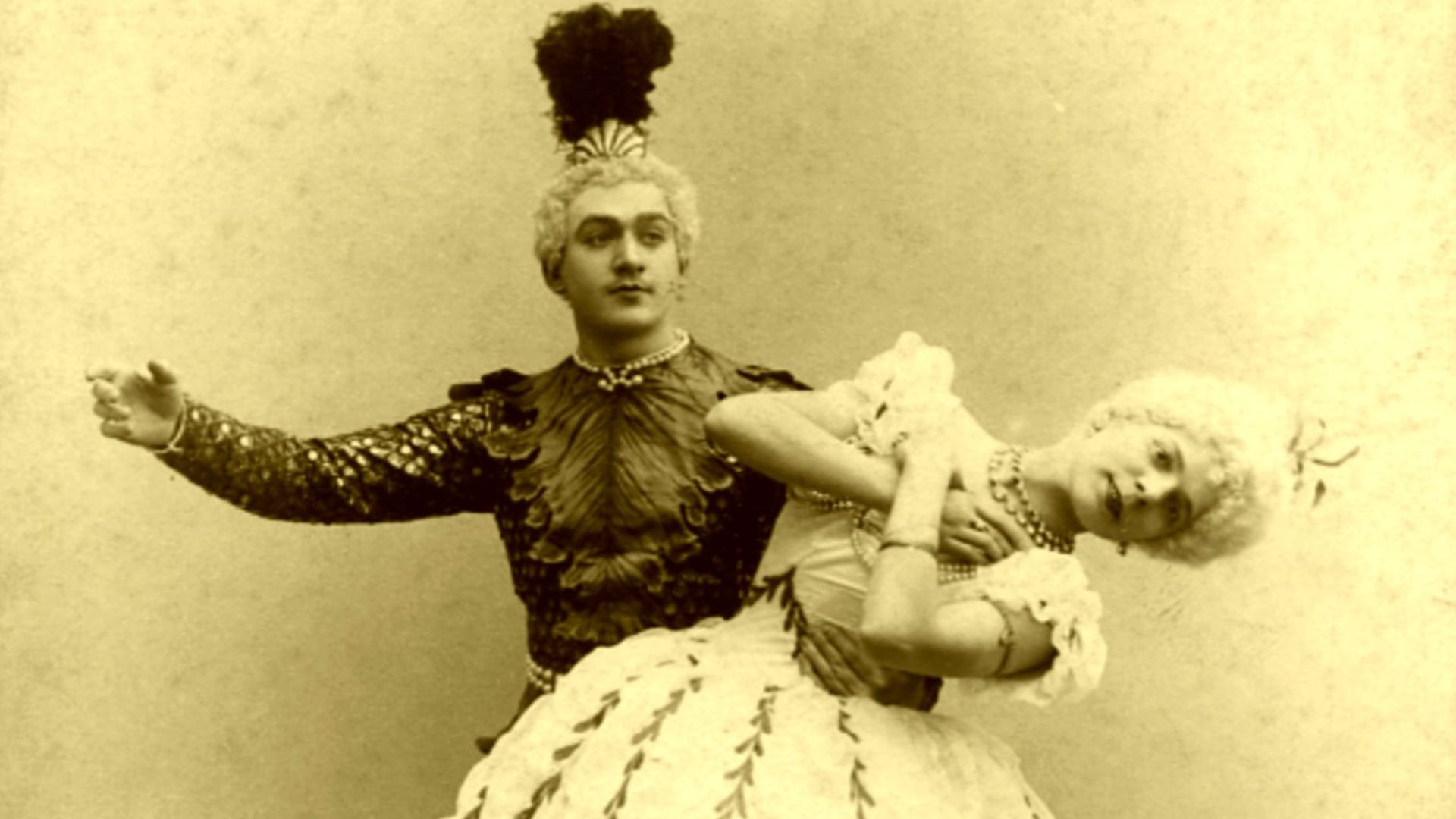 Unknown photographer of the Imperial Mariinsky Theatre., Wikimedia Commons
Unknown photographer of the Imperial Mariinsky Theatre., Wikimedia Commons
14. …And She Got The Best Of The Best
Arguably, Anna’s greatest teacher was Enrico Cecchetti, a titanic figure in the art form considered the greatest ballet virtuoso of all time. Conceiver of the Cecchetti method, an influential ballet technique that enjoys widespread use to this day, Anna was clearly making sure she had the best shot possible at the big time. Her bet paid off.
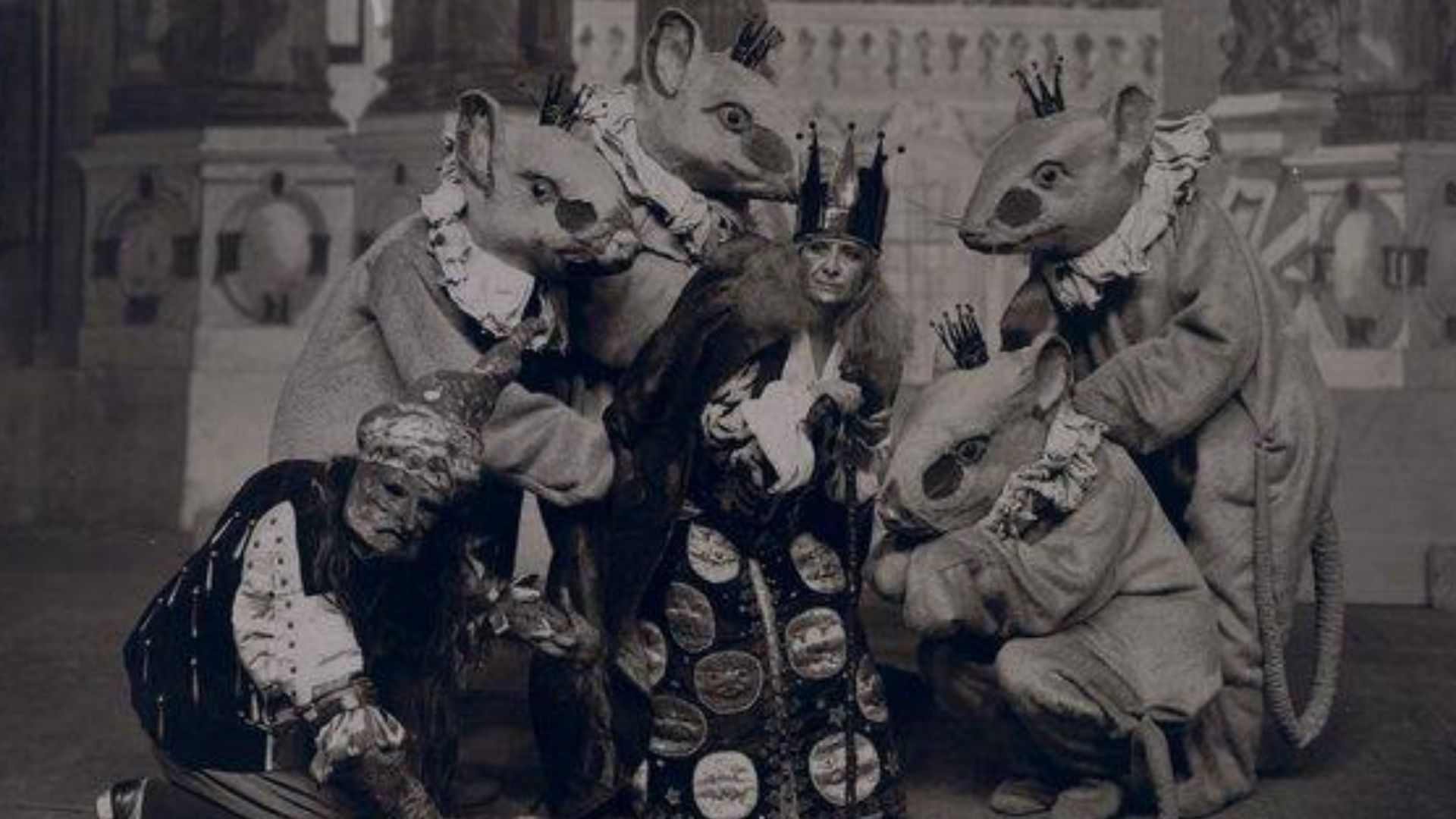 Unknown authorUnknown author, Wikimedia Commons
Unknown authorUnknown author, Wikimedia Commons
15. She Was Top Of Her Class
By 1898, at just 17 years old, Anna was selected for the prestigious classe de perfection. Led by Ekaterina Vazem, herself a former Prima ballerina of the Saint Petersburg Imperial Theaters, Anna was now on course to become one of the greats. She just needed some experience on her resume.
 Universal History Archive, Getty Images
Universal History Archive, Getty Images
16. She Lived And Breathed Ballet
As part of the classe de perfection, the expectation was for Anna to perform with the school’s principal company, and the performance schedule was relentless. Her last year of school saw her perform many roles, culminating with her graduation in 1899 at 18 years of age. Her resulting honors reflected her unmatched skill.
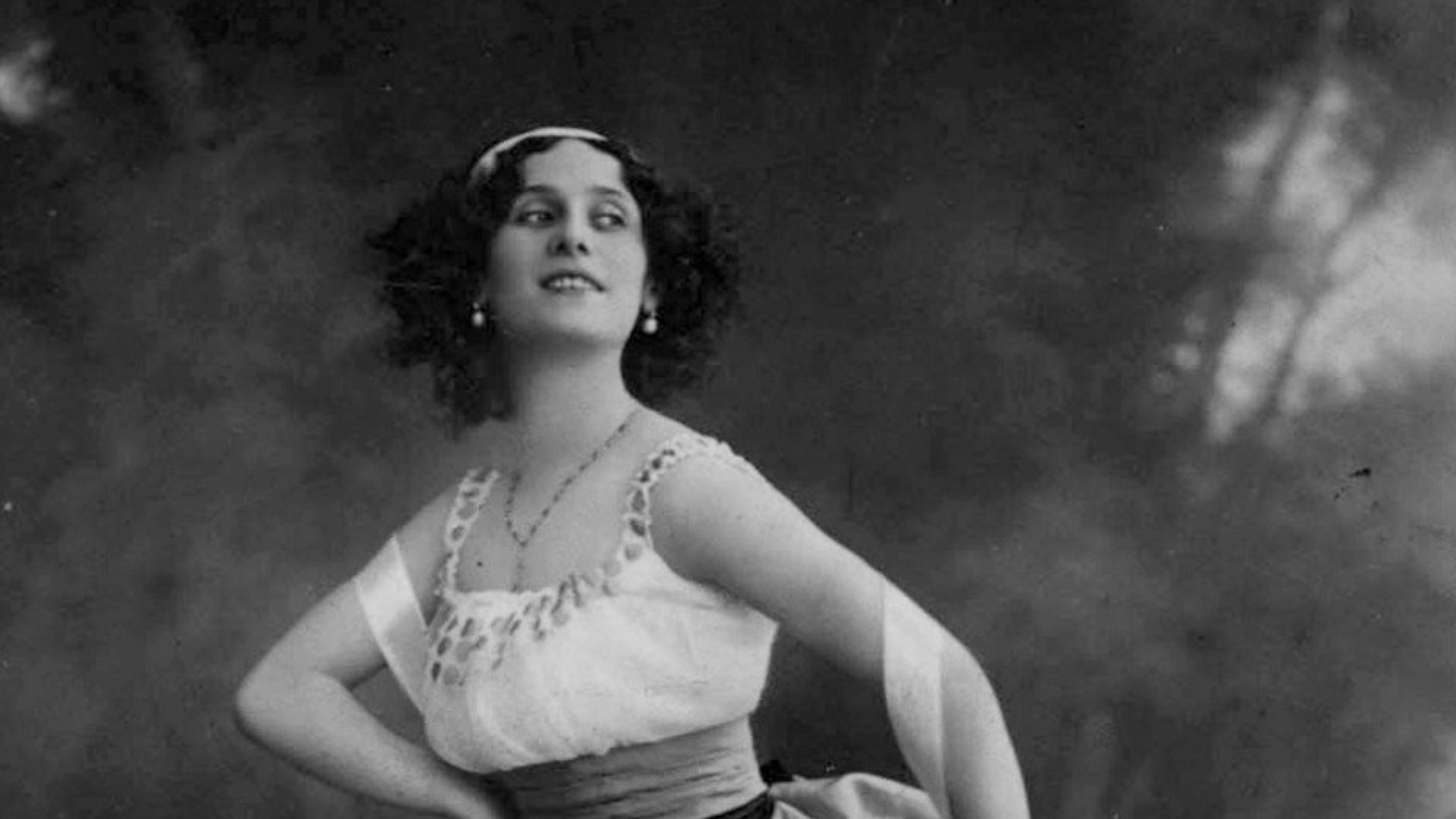 Bogomolov.PL, Wikimedia Commons
Bogomolov.PL, Wikimedia Commons
17. She Graduated With Honors
Upon finishing school, Anna was among those chosen to join the Imperial Ballet. This would have been impressive in its own right, but such was Anna’s skill that she actually skipped ahead. Newcomers to the institution usually joined at the rank of corps de ballet, but she skipped that level entirely, instead starting as a coryphée. Anna was ready to take Russia by storm.
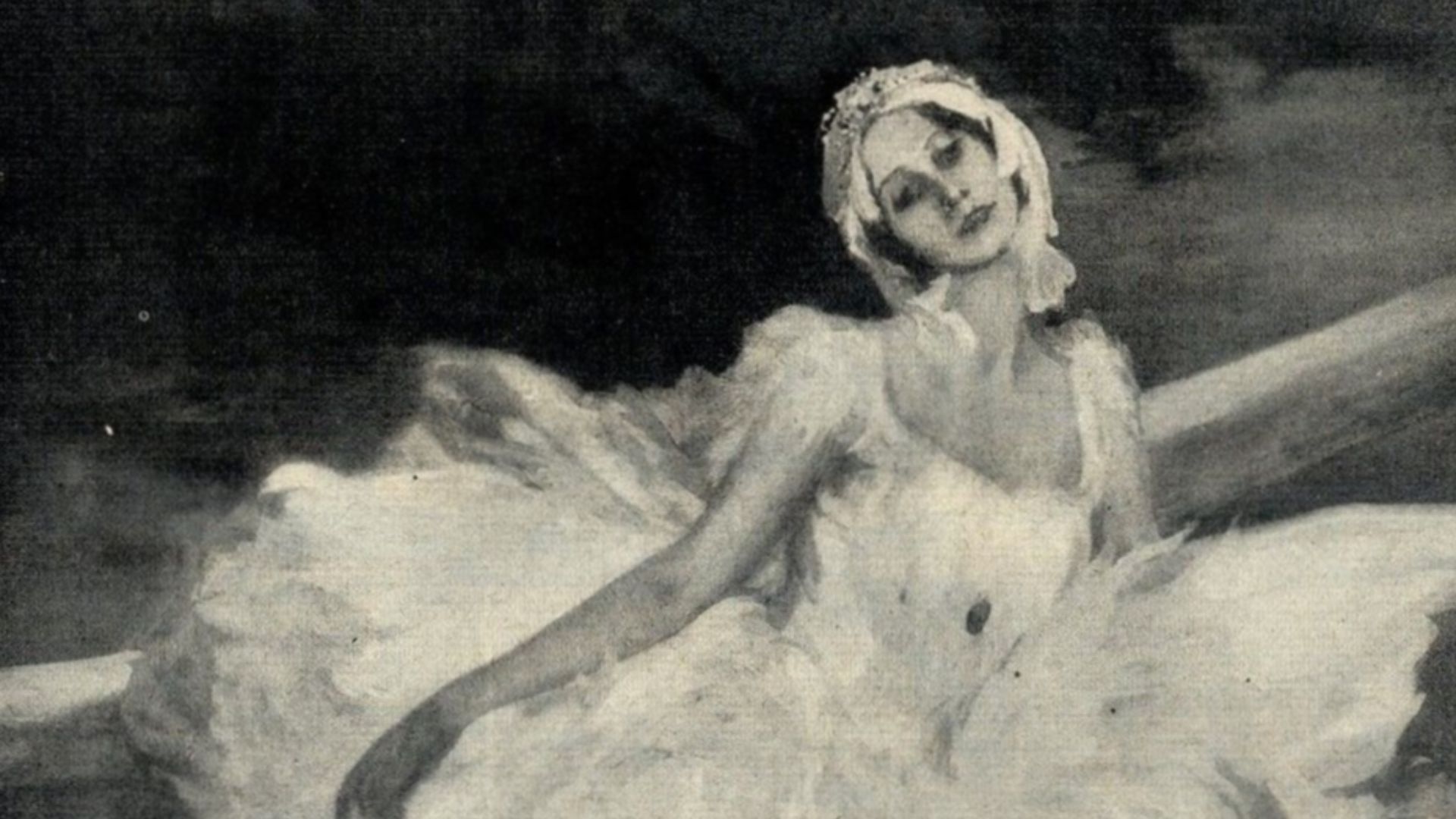 John Lavery, Wikimedia Commons
John Lavery, Wikimedia Commons
18. The Critics Loved Her
Anna’s official debut took place at the Mariinsky Theatre to a packed audience. Quite fittingly, this was the very same theatre that had inspired her all those years ago. Part of a performance of Pavel Gerdt’s The False Dryads, her dancing received praise from critics. Nikolai Bezobrazov, a notable cultural critic of the era, was particularly impressed. She dazzled beyond the press too.
 Frans Van Riel (1879-1950), Wikimedia Commons
Frans Van Riel (1879-1950), Wikimedia Commons
19. She Shook The Culture
Anna Pavlova rose to prominence during a time in which ballet, under the influence of Petipa, adhered strictly to academism. Anna flew in the face of that—and the public ate it up.
Her style was incredibly unique, turning the stringent academic standards topsy-turvy. She often bent her knees, had bad turnout, and mis- or incorrectly placed port de bras and tours. The results were not only electric, but also delightfully reminiscent of an old school ballerina style. But it also meant that she often overdid it.
20. She Went Too Hard
Anna's passionate enthusiasm and unorthodox style, while captivating, would also get her into some trouble on occasion. In one performance of The Pharaoh’s Daughter, for example, she attempted a dynamic double pique turn, but made a comical mistake. She overshot, lost her balance, and tumbled into the prompter’s box! Still, she did not allow her perceived disadvantages to be limitations.
 Mrlopez2681, Wikimedia Commons
Mrlopez2681, Wikimedia Commons
21. She Adapted
Anna still suffered from weak ankles, but she never let it stop her. However, her physical limitations did become an issue when it came to her work in The Sleeping Beauty. Dancing en pointe, the fairy jumps were too difficult for her to properly execute. And so she came up with a solution that surprised the Ballet Master.
Taking initiative, Anna revised the jumps herself to better suit her physicality. However, her efforts to improve didn't always pay off.
22. She Tried To Imitate Her Heroes
One of Anna’s biggest influences was the renowned Prima ballerina assoluta of the Imperial Theaters, Pierina Legnani. Despite Legnani’s very different physicality, Anna would often try to imitate her iconic fouettés, with little success. This met the castigation of her teacher.
23. She Learned Her Strengths
Her attempts at imitation caused Anna's instructor, Pavel Gerdt, to lose his temper. He hotly criticized her, though the notes were constructive despite his tone. Gerdt pleaded with the young virtuosa: “I beg you to never again try to imitate those who are physically stronger than you. You must realize that your daintiness and fragility are your greatest assets”. This helped Anna to shed the last of her limitations.
24. She Shed Her Burdens
After applying this constructive criticism, Anna was unstoppable. She climbed the Imperial Ballet's ladder of success at a fluid and rapid pace. However, the cherry on top was that she also became one of the favorites of maestro Petipa. Thanks to him, she snagged many coveted lead roles. But in many ways, this was only the beginning.
 ullstein bild Dtl., Getty Images
ullstein bild Dtl., Getty Images
25. She Reached The Top
In 1906, Anna took on the lead role in Petipa’s production of Giselle. The performance was a resounding success. Following the conclusion of the run, the Imperial Ballet named Anna prima ballerina, as so many of her heroes had been before her. She had reached mythic status among the public.
 Unknown Author, Wikimedia Commons
Unknown Author, Wikimedia Commons
26. She Had Stans
Anna Pavlova gained massive popularity, among all strata of society, from the obsessed balletomanes of Tsarist Saint Petersburg to just regular ballet fans from the general populace. Much like Taylor Swift and her “Swifties” today, Anna’s legions of fans also gave themselves a collective moniker: the Pavlovatzi. But she had her detractors too.
 Transcendental Graphics, Getty Images
Transcendental Graphics, Getty Images
27. She Had Rivals
Some still doubted Anna’s skills. When noble ballerina Mathilde Kschessinska got pregnant and had to go on maternity leave, she opted to coach Anna as an understudy for her role as Nikiya in La Bayadère. But she did not do this out of the goodness of her heart. Deep down, Mathilde had a sinister motive.
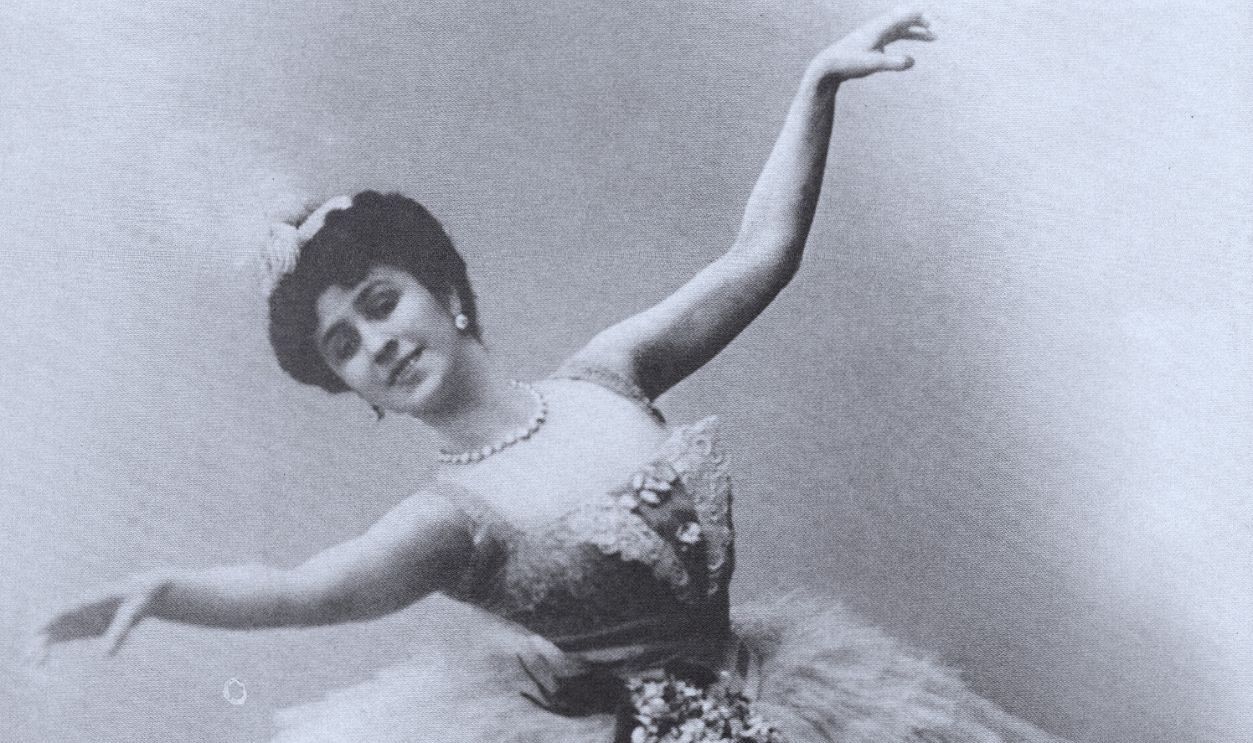 Unknown photographer at the Mariinsky Theatre, St. Peterbsurg, Russia, Wikimedia Commons
Unknown photographer at the Mariinsky Theatre, St. Peterbsurg, Russia, Wikimedia Commons
28. She Dodged Sabotage
Mathilde Kschessinska was more insecure than she seemed, and simply didn't want her own performance to be eclipsed. Believing Anna to be the inferior dancer due to her body type, Mathilde was more than eager to sit back and watch Anna botch the role. However, she couldn't have been more wrong.
29. She Couldn't Be Outshone
Likely to Mathilde's horror, the audience did not react to Anna in the way she'd expected. Anna wound up nailing the performance. In fact, she was downright exquisite—her ethereal figure the very reason why she was such a hit with viewers. However, her biggest role was yet to come.
30. She Created Her Own Roles
Anna broke new ground in 1905 with her solo work in Michael Fokine's The Dying Swan. Her ability to emote so fiercely, while also moving in such a graceful way, made her the perfect conduit for the play's message. Many consider The Dying Swan to be the most notable achievement of her career, and became her signature role.
However, her creativity was only just spreading its wings... literally.
 Heritage IHeritage Images, Getty Imagesmages, Getty Images
Heritage IHeritage Images, Getty Imagesmages, Getty Images
31. She Got The Fever
Anna found she had a penchant for creating and went on to choreograph several other solos on her own, without assistance. The most notable of these is The Dragonfly. Her costume for this performance was utterly transfixing—a gossamer gown with expansive dragonfly wings sewn on the back. Anna was endlessly creative, but she could also be cruel.
32. She Was Ruthless With Her Rivals
Most people loved Anna, and she was kind in return. But she did have her petty moments. She had a longstanding rivalry with fellow ballerina, Tamara Karsavina, for instance, and wasted no opportunity to show her up. In a documentary, Karsavina reminisced on one particular incident that she certainly never forgot.
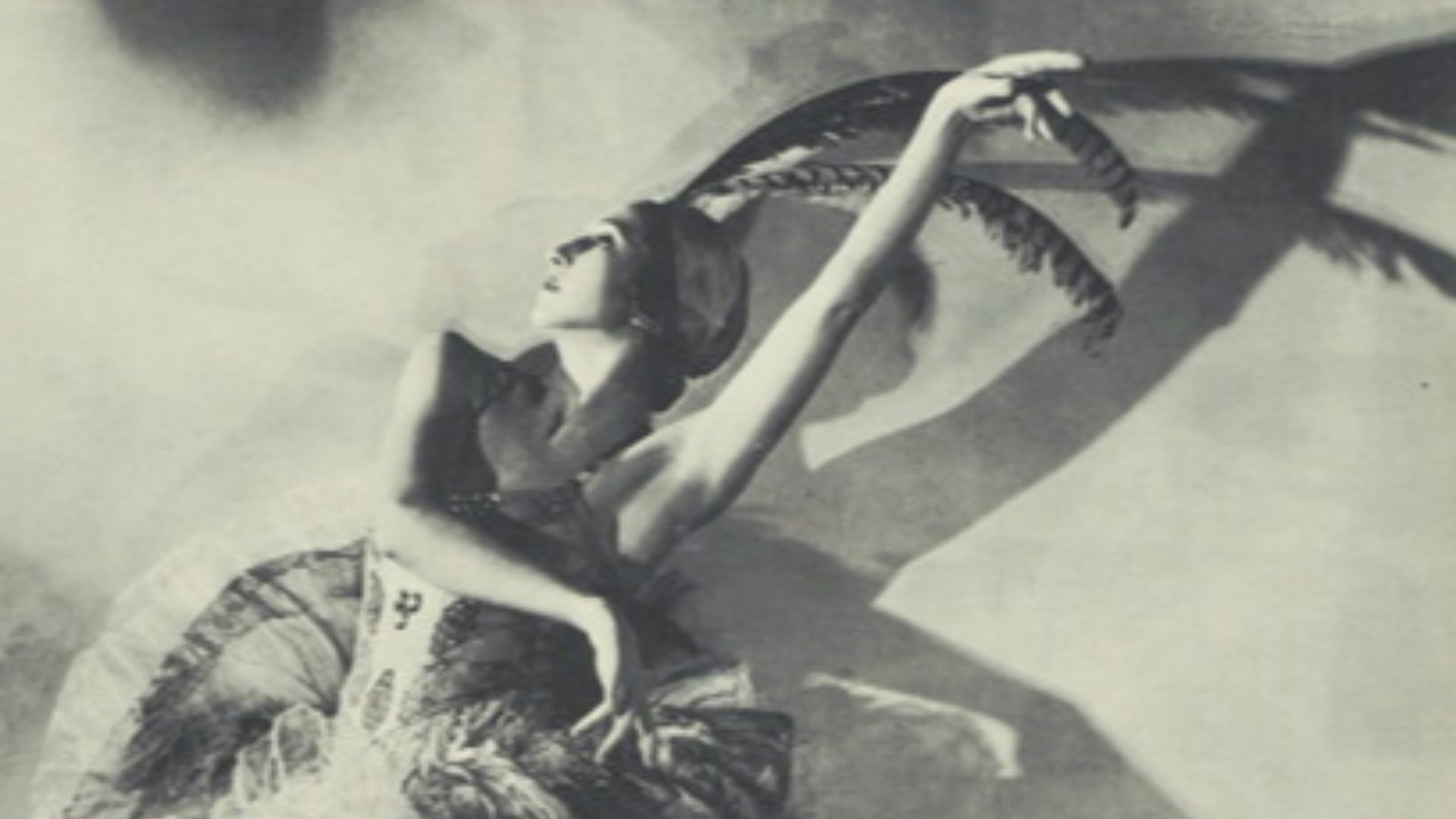 Unknown photographer for the Ballets Russes., Wikimedia Commons
Unknown photographer for the Ballets Russes., Wikimedia Commons
33. She Humiliated Her
During one horrifying performance, Karsavina experienced a mortifying wardrobe malfunction. Her straps fell from her shoulders, and her bosom tumbled into the open air for the entire audience to ogle. Instead of becoming a shoulder to lean on, Anna took this as an opportunity to pounce. She humiliated Karsavina by mocking her so severely that she burst into tears.
As angelic as Anna seemed, she certainly had a rougher side—and the mettle to make it on her own.
34. She Went It Alone
By the 1910s, Anna Pavlova had been dancing with Sergei Diaghilev’s renowned Ballets Russes. But the talented ballerina was growing weary of living constantly as someone else’s attraction. She finally decided to leave Diaghilev’s company and form her own. It was a rare move for a ballerina at the time, and she continued to trailblaze from there.
35. She Was A Pioneer
Anna’s company immediately took off, in every sense of the word. She became the first ballerina to tour the world as a marquee act, an unbelievable undertaking that cemented her legacy as one of the greatest to ever do it. And the world responded in kind.
 ullstein bild Dtl., Getty Images
ullstein bild Dtl., Getty Images
36. She Spread Her Art Form
Anna Pavlova attracted audiences on every continent, even in countries that had never hosted a ballet performance. Credited with popularizing the Western art form throughout the world, Anna introduced ballet to millions. But she didn’t limit her touring to simple artistic imports.
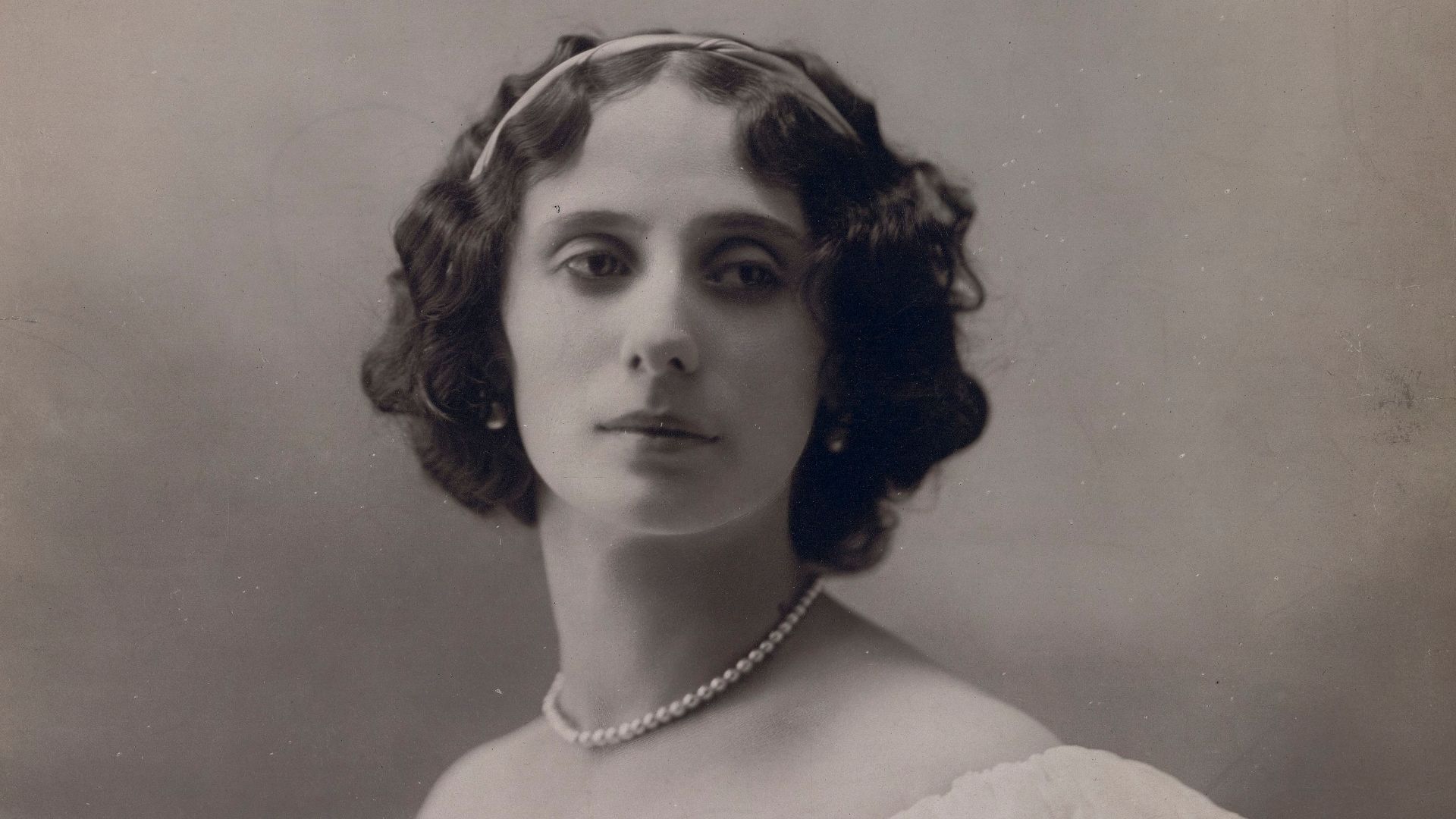 Bert, Auguste (1856-19..). Photographe, Wikimedia Commons
Bert, Auguste (1856-19..). Photographe, Wikimedia Commons
37. She Integrated Other Cultures
Anna Pavlova did not simply push her own cultural art on audiences overseas. She integrated local, “ethnic” dance styles into her performances, often seeking out native teachers during her travels to instruct her in cultural dance. Interestingly, some credit her with popularizing the “Mexican Hat Dance” outside its country of origin after staging a ballet-infused version.
With such a whirlwind lifestyle, did Anna ever have time for a personal life?
 ullstein bild Dtl., Getty Images
ullstein bild Dtl., Getty Images
38. She Secretly Wed
Anna Pavlova was very private when it came to her personal life. Illustrating this, most of the public were completely unaware that she was married! It was not revealed until 1924 that she reportedly informed the press that she had married her manager, Victor Dandré, in 1914. This came as quite a surprise for one salient reason.
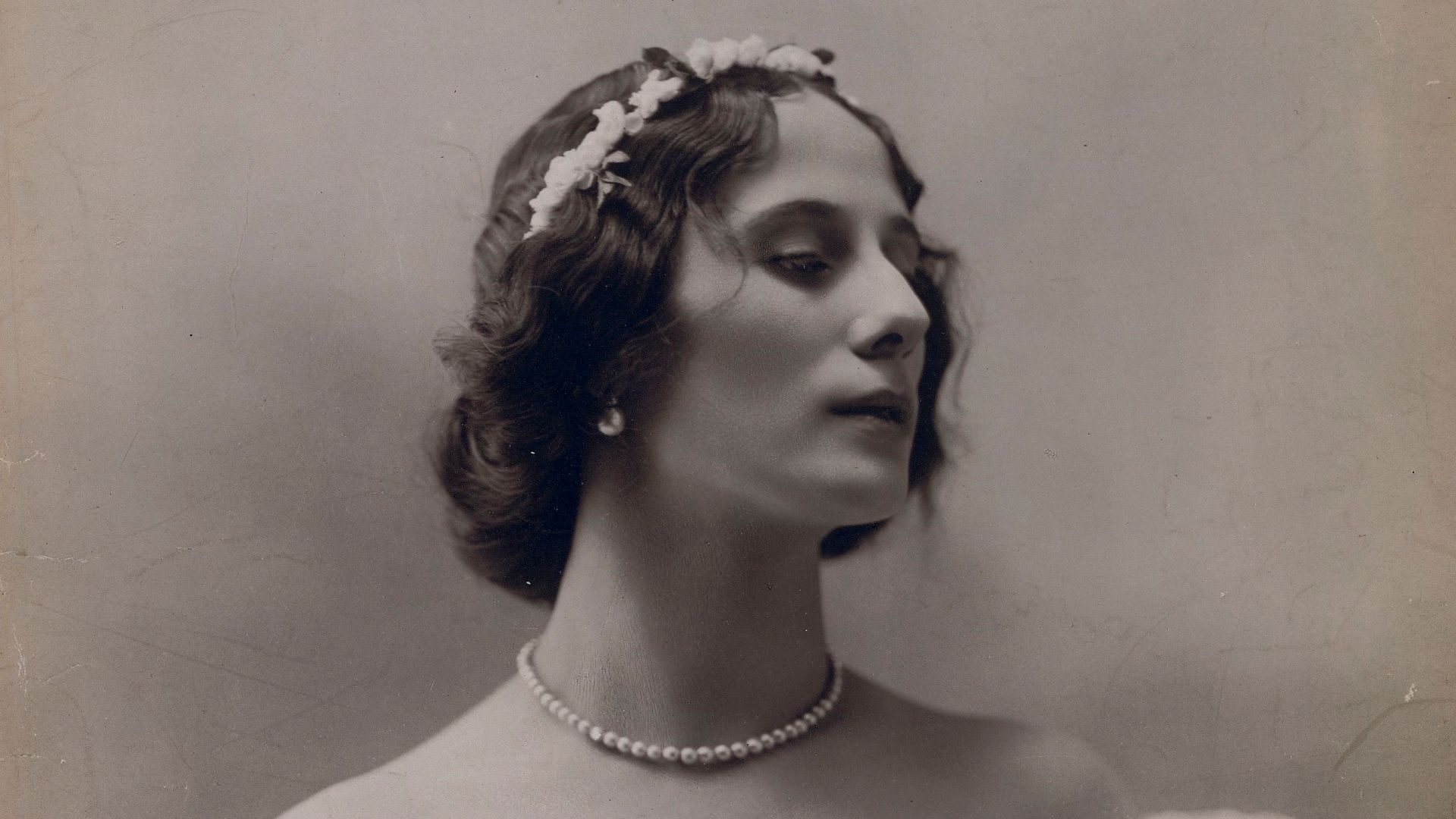 Bert, Auguste (1856-19..). Photographe, Wikimedia Commons
Bert, Auguste (1856-19..). Photographe, Wikimedia Commons
39. She Put Her Art First
You see, Anna Pavlova had a reputation for being resistant to the idea of marriage, even claiming "that a true female artist must be consumed in her art". Perhaps to satisfy the public, Anna may have lied about her union with Dandré, especially because a marriage certificate was never discovered following her later passing.
But even if she was married, she wasn't ready to pack up her life as a career woman and settle down.
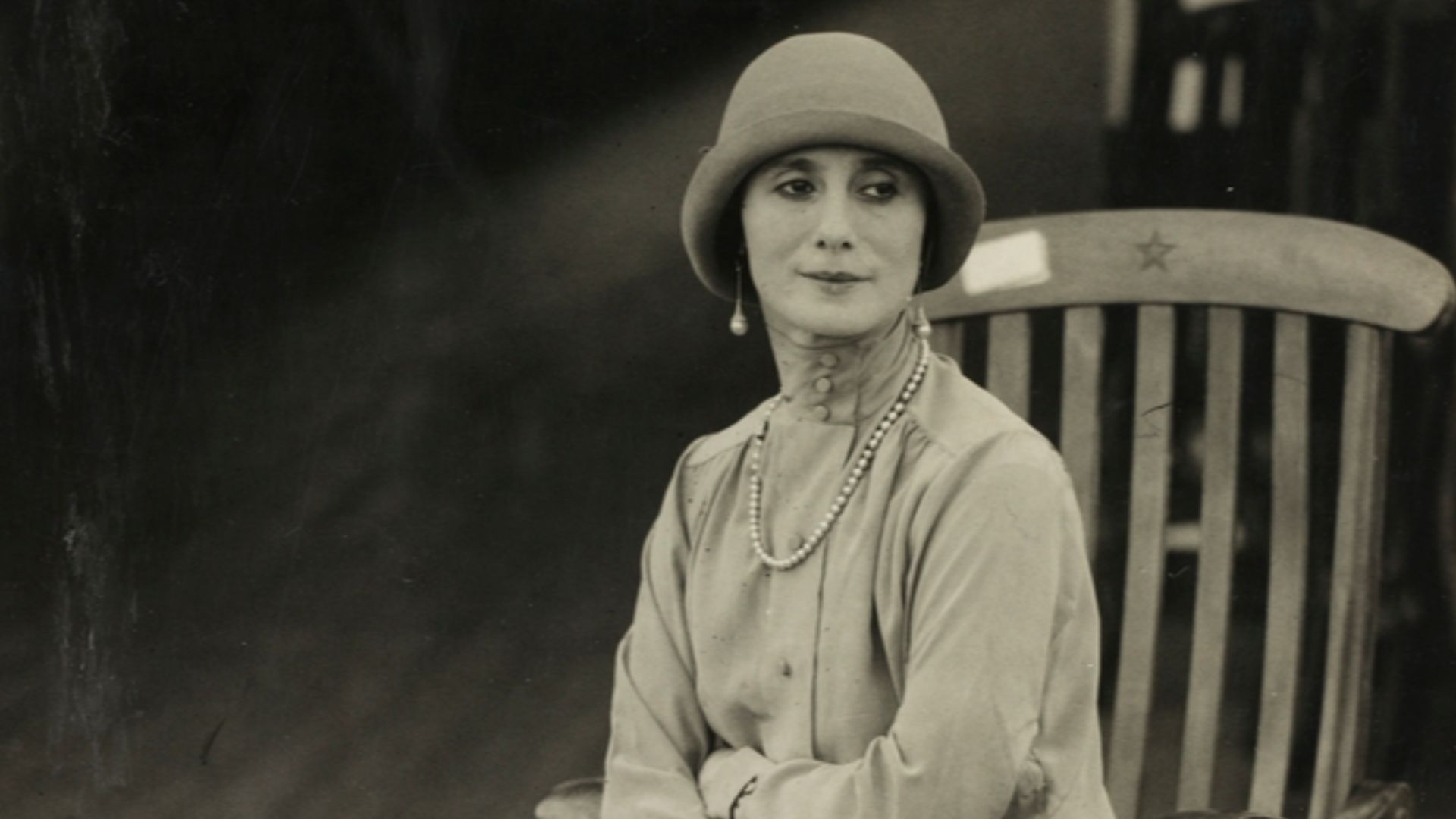 Unknown authorUnknown author, Wikimedia Commons
Unknown authorUnknown author, Wikimedia Commons
40. She Left Her Homeland
With her rising worldwide fame, Anna Pavlova needed to be closer to the action. In 1912, two years before her supposed marriage, she left Russia for good and settled in London, where she would live for the remainder of her days. And while she continued to tour the globe, she made sure that she was comfortable whenever she did get a break.
41. She Lived Lavishly
Anna’s newfound success meant that she could live incredibly well in London. She purchased a beautiful property known as the Ivy House on London’s North End Road. To her delight, the house came with one very extravagant feature: an ornamental lake. Here, Anna could completely unwind and dote on her pet swans. Her new home embraced her too.
 ullstein bild Dtl., Getty Images
ullstein bild Dtl., Getty Images
42. She Spread Her Craft
Anna Pavlova did not simply relax when she wasn’t on tour. Many consider her instrumental in the development of British ballet, and she inspired many local ballerinas like Alicia Markova. Such was the goodwill for her in England that a pub in London has a framed account on the wall of a time Anna visited the establishment with her company. It’s not the only place where London has shown its love.
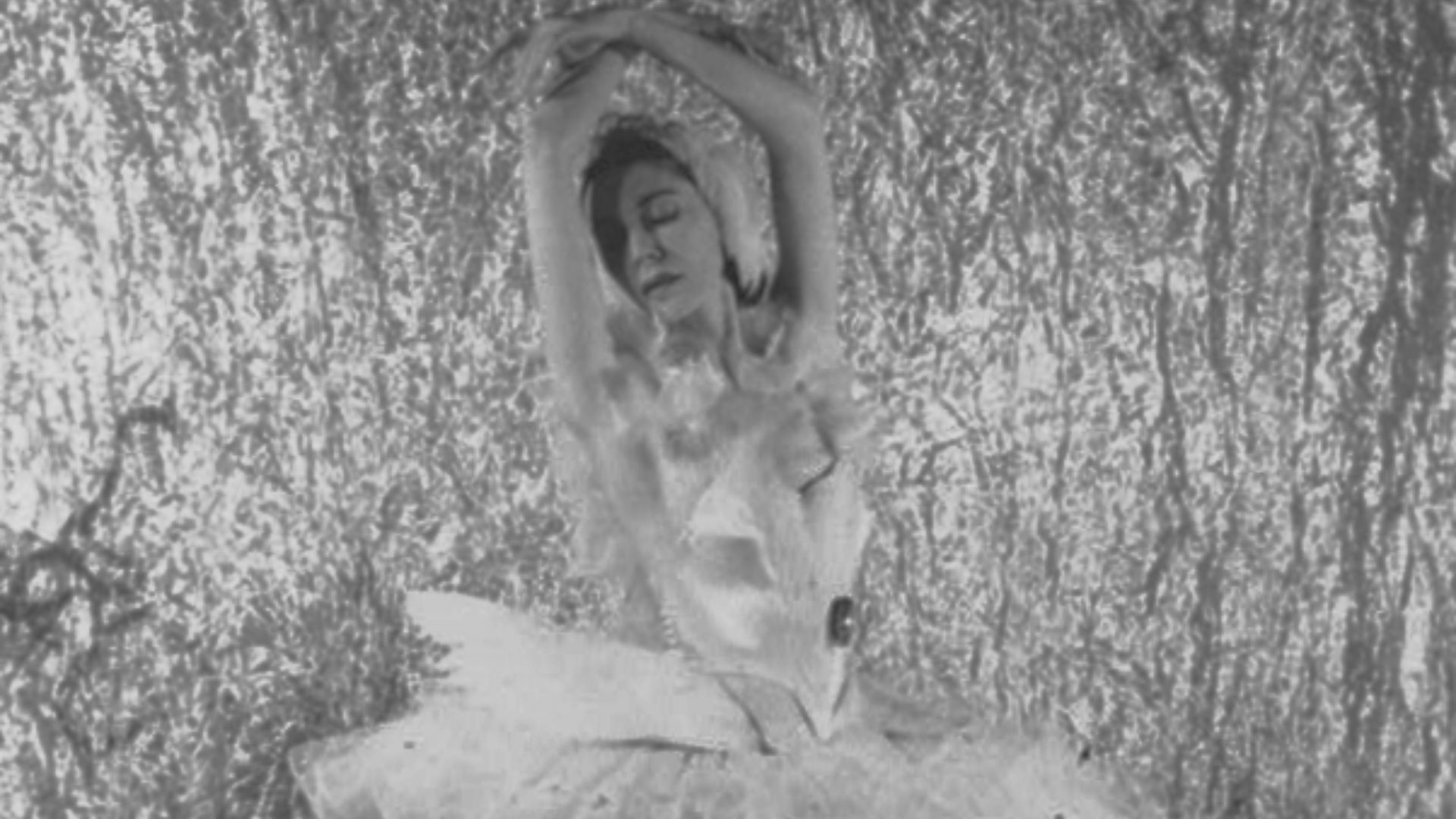 Carl Van Vechten, Wikimedia Commons
Carl Van Vechten, Wikimedia Commons
43. They Immortalized Her In London
Across London, there are at least five memorials to Anna Pavlova, illustrating her powerful influence on her adopted city. These include sculptures and plaques. Interestingly, one gilded statue of Anna erected in the Victoria Palace Theater, taken down for safety during WWII, went missing over the course of the conflict, and was not restored until 2006 with a replica. Anna cast her net over another Western behemoth too.
44. She Dazzled The States
For the 14-year period between 1912 and 1926, Anna Pavlova traveled to the United States almost every year on coast-to-coast tours. She inspired there as much as in Britain, with one dance historian noting, “America became Pavlova-conscious and therefore ballet-conscious. Dance and passion, dance and drama were fused”. But Anna didn’t do it all for herself.
45. She Helped The Downtrodden
Never forgetting her roots, Anna made sure her talents could help those in need from her home country. She made many charitable contributions, with much of the money made from hosting charity dances, to the care and support of Russian orphans in Paris after WWI. She even purchased a home in the city where 15 orphan girls lived. She had a soft spot for non-humans too.
 ullstein bild Dtl., Getty Images
ullstein bild Dtl., Getty Images
46. She Was An Animal Lover
Anna Pavlova was a massive animal enthusiast and owned many pets throughout her life. These included numerous dogs of differing breeds, birds, a Siamese cat, and, most notably, swans. She had a particular affinity for these noble waterfowl, likely due to their association with ballet. And she didn’t just confine them to her private lake.
47. She Loved Pet Pics
Such was Anna’s love for animals that she would often sit with them for photographic portraits. The most notable of these was a formal studio portrait taken with her favorite swan, whom she had named Jack! From humble beginnings, this determined dancer had built the life of her dreams. Sadly, all good things come to an end—but for Anna, it came much too soon.
 Evening Standard, Getty Images
Evening Standard, Getty Images
48. She Was In A Train Accident
By the age of 49, Anna had spent over three decades devoting her life to dance—and she was starting to feel the toll of the years on her body. After a rigorous tour, she planned a relaxing Christmas vacation, but it was after this vacation that tragedy struck. Journeying back to The Hague to dive back into her work, her train was in an accident.
49. She Was Underdressed
Though Anna wasn't actually injured in the train incident, the delay did require her to stand outside on the train platform. In total, she waited for 12 hours in the bitter cold. It was snowing, and she was not dressed for the weather in the slightest. Languishing in the elements, wearing a light coat and silk pajamas, Anna paid the ultimate price.
 ullstein bild Dtl., Getty Images
ullstein bild Dtl., Getty Images
50. She Fell Terrifyingly Ill
This chilly waiting time caused Anna to develop a terrifying case of double pneumonia in the following days. But instead of recovering, her condition only spiraled. Considering everything she'd overcome in her life, it was devastatingly unfair that Anna had to face her mortality at such a young age. Her last words were utterly heartbreaking.
 ullstein bild Dtl., Getty Images
ullstein bild Dtl., Getty Images
51. She Passed At A Young Age
By her bedside in her last moments were Anna’s physician, her maid, and her loyal husband, Victor. He later wrote that the ballerina’s final words were “Get my 'Swan' costume ready”. On January 23, 1931, Anna Pavlova succumbed to her illness. The world had lost a titan of dance, and a fitting tribute was in order.
 ullstein bild Dtl., Getty Images
ullstein bild Dtl., Getty Images
52. She Was Honored With Light
In tribute to the fallen ballet legend, Pavlova’s company resurrected an old ballet tradition to honor their devoted leader. At her next scheduled performance, the show went on as planned, with one tweak: a single spotlight circled an empty stage where Pavlova would have danced. It was a heartbreakingly beautiful tribute to the sickly girl who wouldn’t quit.
You May Also Like:
Bettie Page Was The Queen Of Pinups—And Tragedy

